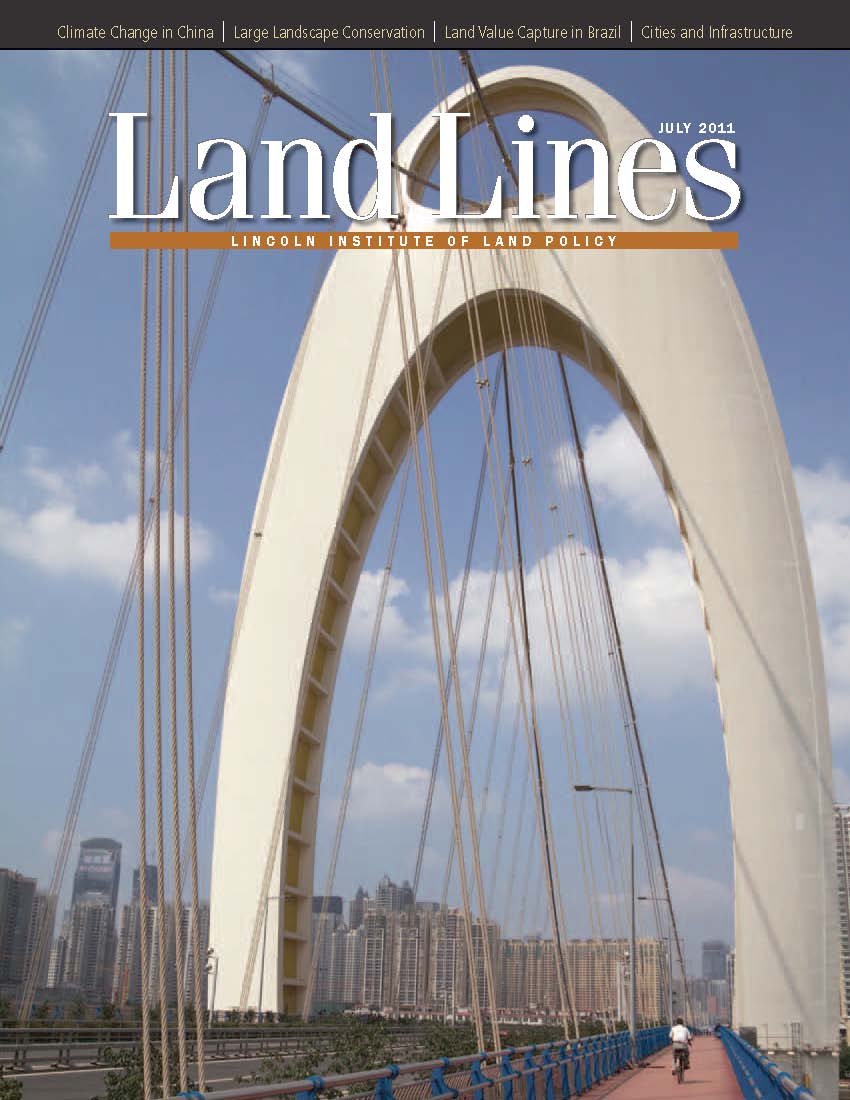Resource information
Cities are both contributors to and victims of global climate change. Delta cities, in particular, have long been recognized as being extremely vulnerable because they are located where the stresses on natural systems coincide with intense human activity.
A number of climate change impacts may affect delta cities, including rising sea levels, infrastructure damage from extreme weather events, the public health implications of higher average temperatures, altered energy consumption patterns, stress on water resources, impacts on tourism and cultural heritage, decreased urban biodiversity, and ancillary effects on air pollution (IPCC 2007). Climate change also may affect physical assets used for economic production and services, as well as the costs of raw materials and inputs, which in turn will affect competitiveness, economic performance, and employment patterns.
China’s remarkable economic growth since the beginning of the country’s reform period in 1978 has concentrated a large share of population and wealth along the coast, especially in three megacity regions: Pearl River Delta, Yangtze River Delta, and Capital Region. While the potential implications of climate change pose a challenge for coastal communities around the world, this geographic concentration of population and economic activity seems disproportionate in China.
Among China’s coastal and delta regions, the Pearl River Delta (PRD) in Guangdong province is an important economic center that includes the cities of Guangzhou, Shenzhen, and seven prefecture-level municipalities. Together with Hong Kong and Macao, the greater PRD area is one of the key megacity regions in the world, but its geography makes it highly vulnerable to sea level rise. Unprecedented economic and urban development, along with the major changes in land use and land cover accompanying that development over the past three decades, has released large emissions of CO2, leading to higher temperatures and more intensive and extreme weather events (Tracy, Trumbull, and Loh 2006). Given the importance of this region to both China and the broader global economy, this study takes a closer look at the PRD’s contribution to and risks from climate change.
Published by the Lincoln Institute of Land Policies

